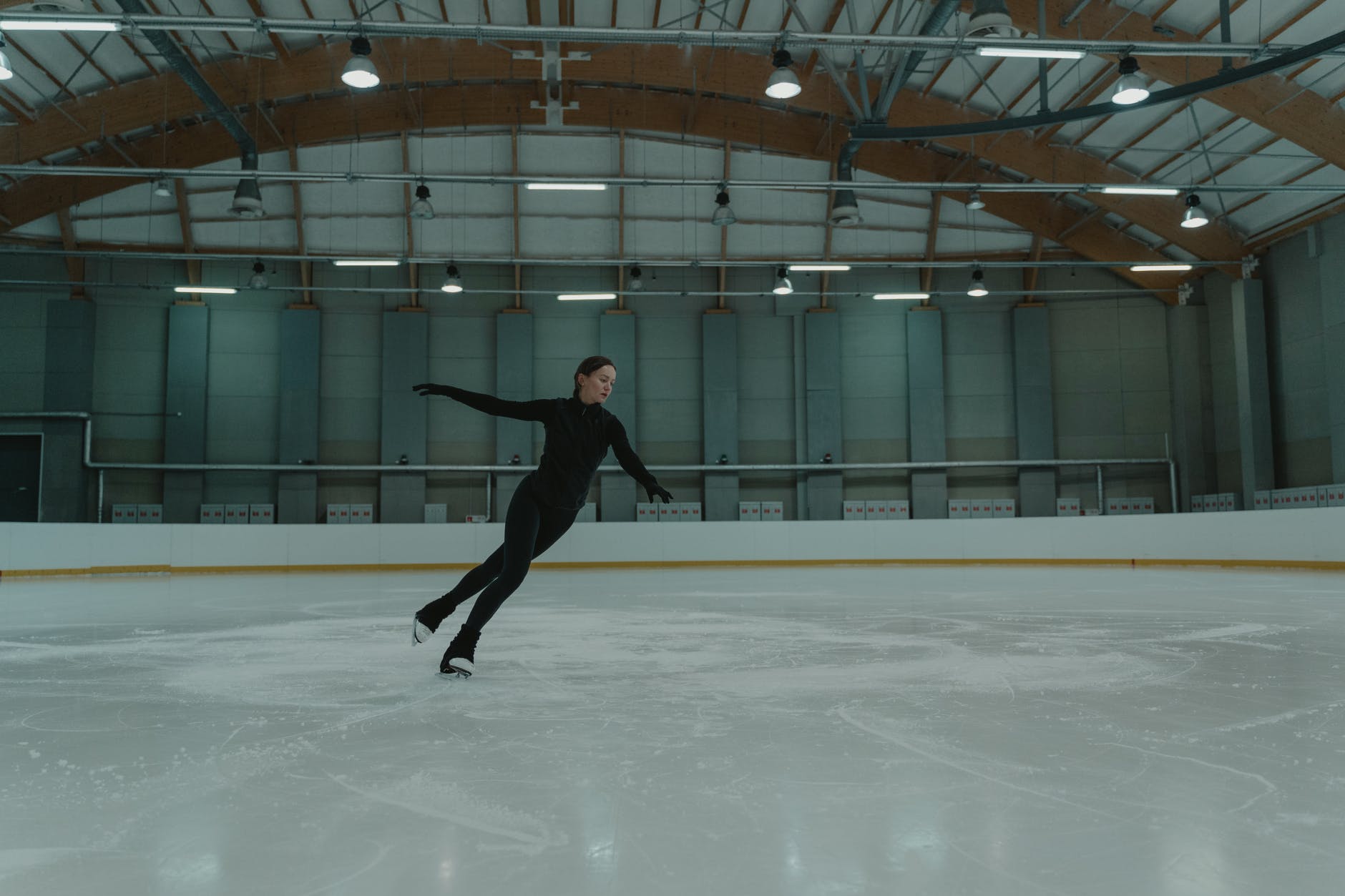Everything You Need To Know About Figure Skating

Figure skating is a winter Olympic sport where single athletes or teams. Athletes perform on the ice. Both men and women can participate in the figure ice skating singles or pair events and also ice dancing events.
The athletes participating in figure skating perform various moves, where creativity is the limit. The panel of judges scores every athlete or team based on their flair, grace, and control. Figure skating moves may include spirals in the air, jumps, spins on ice, and sequence steps.
Figure skating has been one of the Winter Olympics games since it first started in 1924 and also made appearances in 1908 and 1920 Summer Olympics earlies.
The U.S is at the top of current leaders in Figure skating Olympics with a total of 49 medals. The closest rivals are Russia and Austria, with 26 and 20 medals. During the competition, the Soviet Union also won a total of 24 medals.
Figure Skating Game Objectives:
The main objective of the Figure Skating game is to score the highest possible marks from the panel of judges. There are numerous ways of scoring points, depending on the type of event.
In all the Figure ice skating competitions, the athletes have to perform a range of moves to get the maximum possible score from the judges. In a typical ice skating performance, athletes will do jumps, steps, and spins.
During a pair skating event, athletes perform moves together with each other to score high points like spinning the partner in various directions, throwing the partner in the air.
Ice dancing is similar to pair skating, with the only difference of the footwork and coordination, as the partners perform together with music on.
Players & Equipment
Figure skating allows the participation of both men and women and requires very little equipment. The athletes only need a pair of skates called “Figure skates.”
Figure Skates
Figure skates are designed especially with a thick steel blade base and jagged grooves in the front known as “Toe Picks.” Toe pick helps the athletes perform footwork on the ice as well as assist in spinning and landing. There is a wide variety of toe picks available.
The main steel blades in ice skates are 4 mm thick. However, it can vary depending on the shoe size. The blades also have a round curve on one side to assist when making turns on the ice. Athletes always try to skate on the edge of the blades.
For ice dancing, the participants use short blades at the base of the shoes with a slightly different design to help in step work.
Figure skating Dresses/ Costumes
Both men and women need to wear specific figure skating dresses and costumes to perform on the professional stage. Men usually wear trousers while women wear trousers, tights, unitards as well as skirts.
Scoring
Figure skating athletes are scored by a panel of judges as per the ISU Judging System. There are usually nine judges, including a referee and technical inspector on the panel. According to this system, athletes are awarded different scores for performing different types of moves. The effectiveness and efficiency of the moves are also the major factors affecting scoring.
A GOE (Grade of Execution) is calculated, then using a Scale of Value Table; the grades are turned into overall marks.
The main aspects that are taken into consideration while scoring a Performance include footwork, skill, interpretation. Performance, choreography, timing, and overall execution.
The more complex the maneuvers are, the highest it will be socred given that the execution is correct. For instance, more rotations in a jump will be marked higher than a single rotation.
Winning
The winners in Figure Skating events are the team or individual who achieves the highest score overall.
Rules of Figure Skating
-
Athletes should keep their performances varied. As per the Zayak rule, no participant should attempt triple or more jumps on more than two occasions.
-
Judges have the right to disqualify or mark down the participants if they do not adhere to the rules and regulations regarding costumes and music.
-
Certain types of music are not permitted.
-
Costumes with excessive decoration is not allowed, including too revealing outfits.
-
Athletes violating timeline can also be disqualified.






